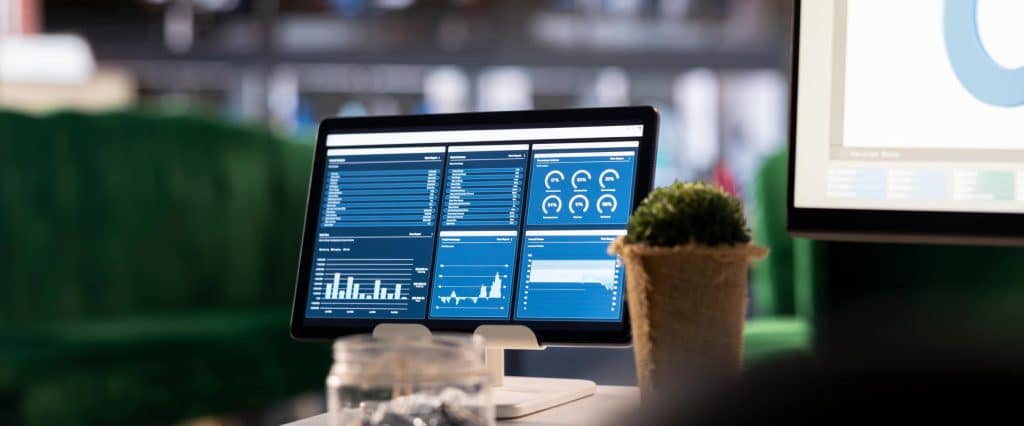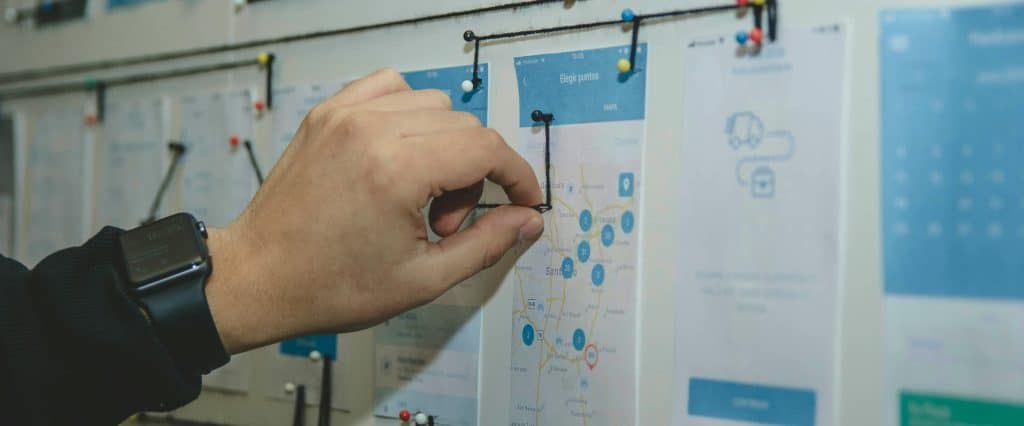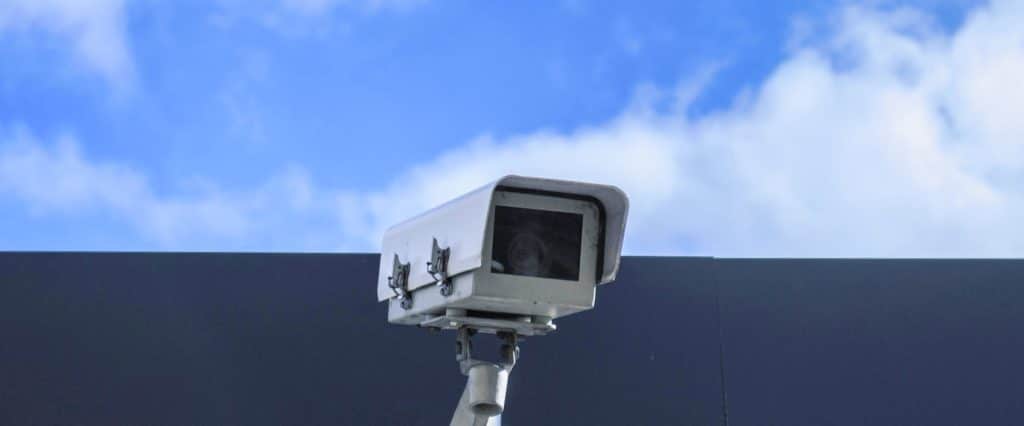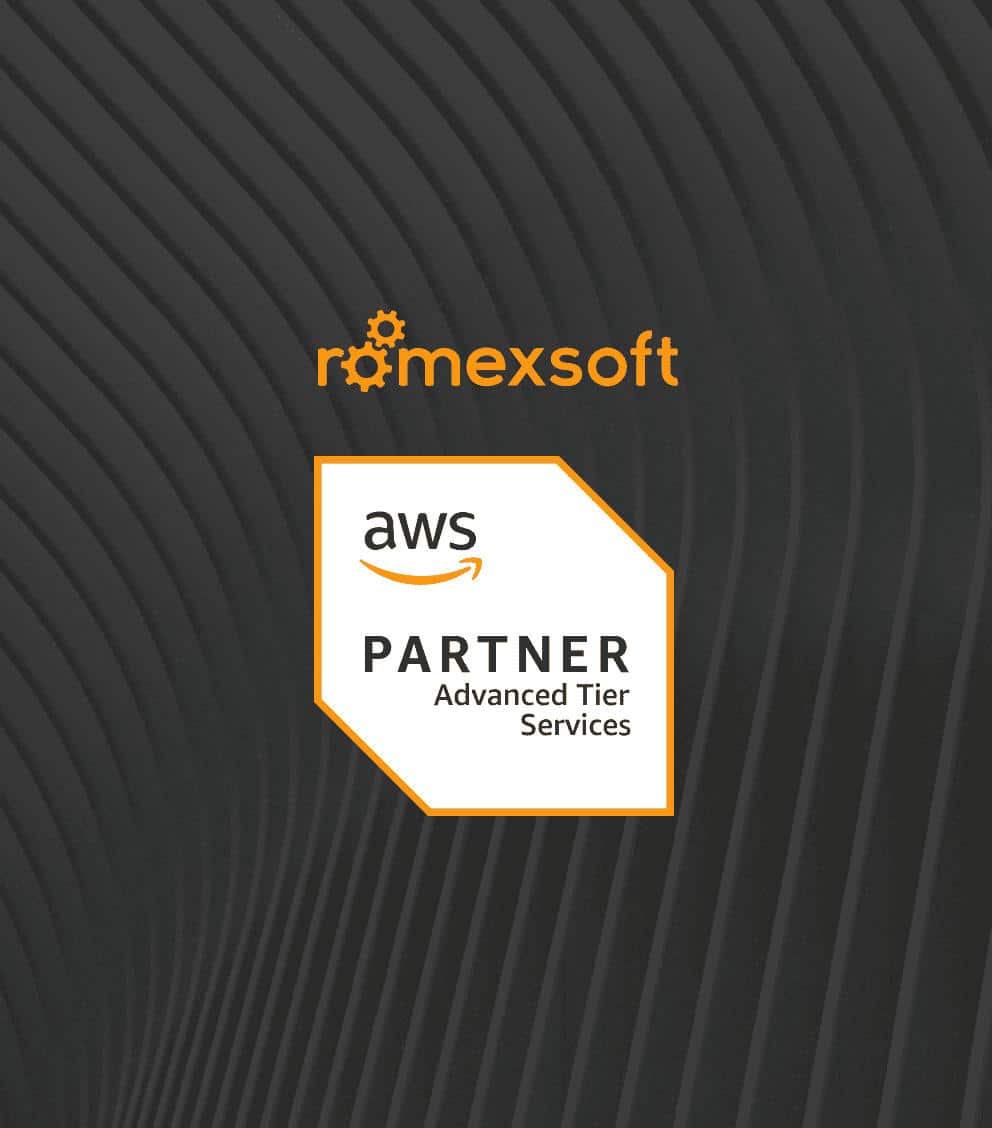Cloud Patch Management for Scalable AWS Environments
For modern infrastructures, cloud patch management is a cornerstone of both security and stability. This article provides a guide to the best practices for scaling cloud patching and helping organizations do it correctly. Here you will find a comprehensive explanation of how to effectively operationalize patch management in a dynamic cloud environment.
The blog gives an overview of:
- why a robust cloud patch strategy matters
- the main hurdles to patching dynamic, multi-cloud estates
- best-practice framework for scalable cloud patch management
- a step-by-step AWS patch lifecycle
- how to align DevOps and Security around patching
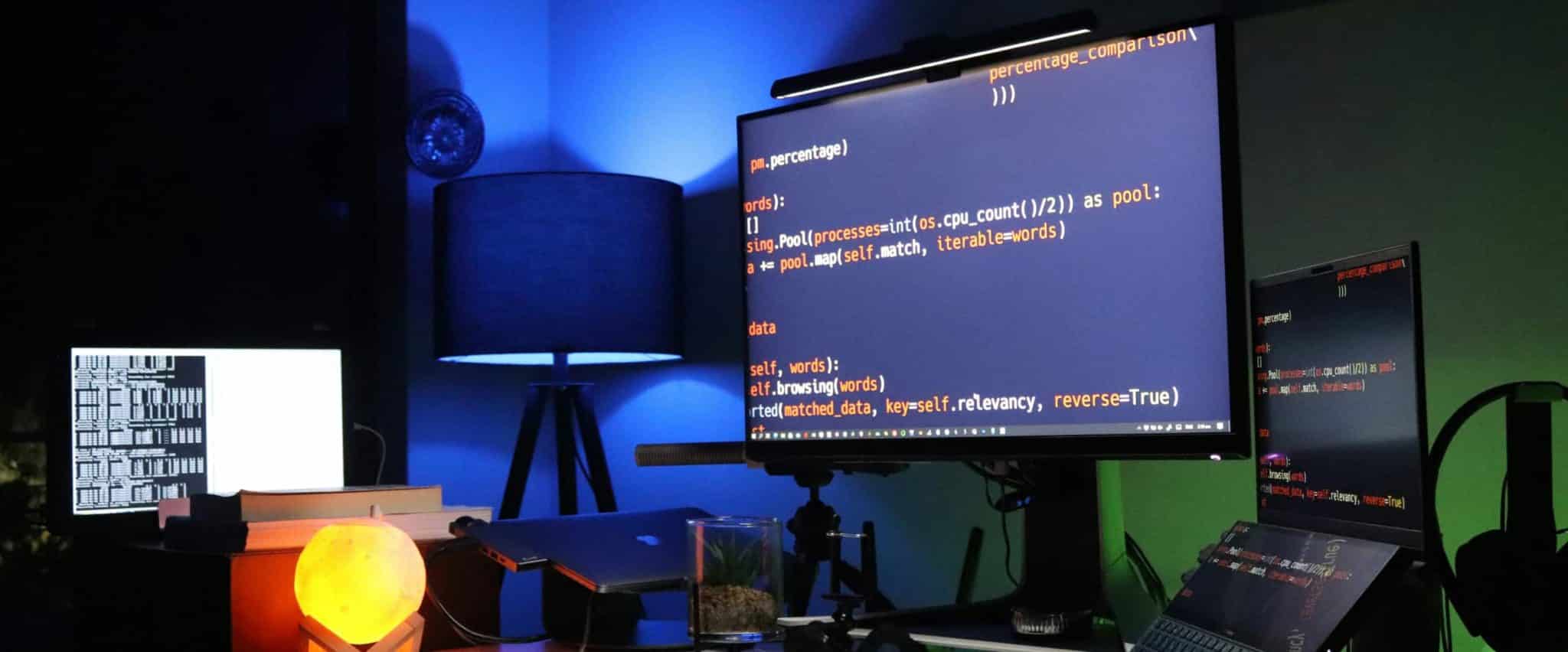
Table of Contents
Relying on old-fashioned manual patching and fragmented tools leaves your workloads vulnerable to such threats as configuration drift, service outages, and compliance risk. Patch consistency becomes more and more difficult to maintain and critical to get right as your infrastructure becomes more complex, especially because it incorporates technologies like virtual machines, containers, and serverless functions.
Due to these complexities, cloud patch management has become a necessity. It is a practice that helps resolve security issues and ensure operational stability by identifying, acquiring, testing, and deploying updates across cloud-based systems. Aside from automation scripts or scheduled updates, cloud patch management requires full visibility, workload awareness, integration with CI/CD, and a clear compliance trail to function properly.
Table of Contents
Why Cloud Patch Management Matters
To keep up with distributed and constantly evolving cloud infrastructure, a patch management strategy must be scalable and automated; otherwise, teams risk facing security threats, as well as lapses in compliance and uptime.
There are several areas where cloud patching is required, specifically:
- Ephemeral infrastructure complicates consistency. Given how short-lived auto-scaling groups, containers, and serverless functions are, patching that isn’t built into the provisioning process can lead to outdated components in new workloads.
- Fear of downtime leads to patch delays. If teams lack methods to apply patches safely, such as canary deployments and automated rollback, the act of patching becomes a very risky and stressful task that can disrupt production workloads. Therefore, this process is often delayed or avoided.
- Patch drift leads to silent vulnerabilities. When some systems are updated while others are not, there is no clear understanding about which ones are secure. This lack of understanding leads to unpredictable behavior and unpatched security gaps that are difficult to find until a failure occurs.
- Compliance requirements are getting stricter. Manual patching cannot provide the timely updates, complete logs, and audit trails required by frameworks like HIPAA, PCI-DSS, and GDPR.
- Multi-cloud and hybrid environments increase complexity. AWS, on-premises, and other cloud providers come with their own set of tools and restrictions, so the patching strategy needs to be flexible enough to work with all of them.
- Manual workflows don’t scale. If an infrastructure involves hundreds or thousands of nodes, patching by hand or with ad-hoc scripts becomes a slow and wasteful process that introduces additional risk.
In this context, meeting compliance and security requirements is only possible if the patch management strategy is automated, policy-driven, and most importantly, deeply integrated into the CI/CD and infrastructure lifecycle.
Cloud-Based Patch Management Challenges
Because of the dynamic and continuously evolving nature of cloud infrastructure, patching is a much more complex procedure than simply installing updates. It’s a regular process that must be done securely and without causing any service outages. Cloud environments often cause new technical and operational challenges that cannot be addressed with traditional patching methods. In this section, we outline the most important challenges teams face when managing patches in AWS and multi-cloud environments.
Ephemeral Asset Visibility
Cloud assets (e.g., auto-scaling groups, containers, remote endpoints) are inherently short-lived, and traditional CMDBs often fail to track their rapid creation and destruction. In this case, consistent tagging and automated discovery become necessary for preventing blind spots that often occur in unmanaged workloads and incomplete patch coverage.
Relentless Patch Velocity
With security updates arriving weekly or even daily, teams have to sift through a growing volume of CVEs, quickly identify which ones are relevant to their systems, and apply the patches, all without disrupting their normal development schedule. This requires teams to decide between what to patch and when, based on the risk, urgency, and available resources.
Multi-Cloud and Shared-Responsibility Grey Zones
Different cloud providers have different patching boundaries. To illustrate, AWS manages the hypervisor but cannot work with your EC2 instances. If your company uses systems across multiple cloud platforms (e.g., AWS, Azure, and GCP), this inconsistency creates unclear views of the workloads, as well as policy drift and questions about who is responsible for what.
Tight Maintenance Windows for 24/7 Workloads
For environments that must be running all the time, such as SaaS platforms, regulated financial systems, or industrial controls, there are often short, specific windows for updates. If you fail to apply a critical update within the assigned time, you might have to wait for several weeks for the next opportunity. Careful planning, automation, and rollback strategies are therefore absolutely necessary.
Patch Failure and Rollback Risk
In complicated cloud systems, a single faulty driver or kernel patch can lead to downtime or data loss. On AWS, for example, if a patch fails on a system that isn’t running, the error risks going unnoticed. This issue can create further gaps in compliance that surface only during audits or incidents.
Audit and Compliance Overhead
Many regulations and security standards demand solid evidence that a company has applied all important software updates within a specific time period. To provide this information, teams have to manually connect scan data, patch baselines, change-control tickets, and deployment logs across accounts and regions. This huge amount of work often falls to teams that are already overworked.
Best Practices for Enforcing Cloud Patch Management at Scale
To maintain scalability and functionality, a cloud patch management strategy must not only rely on automation scripts but also have a clear structure and be suitable for the environment, as well as provide a full audit trail. In the following section, we provide the best practices that enable secure and compliance-ready cloud patching.
Build a Complete Asset Inventory
The first step to reliable patching is to define the exact environments and workloads that have to be patched. This involves knowing which systems are currently being used and which ones might have been forgotten or left behind, as those are the most vulnerable.
All environments (development, staging, production) must include consistent tagging. Every instance has to be labeled with PatchGroup and MaintenanceWindow metadata. Then, implement a monthly 30-minute calendar meeting during which the team leads review tag hygiene to detect any gaps or inconsistencies. Maintain a tagging standards checklist and make it a part of your production approval process. Lastly, to expose blind spots, consider creating a “tag orphan” dashboard in Slack that receives reports once a week.
Define Patch Baselines and Approval Rules
For each operating‑system family, define a specific baseline and a curated set of approved patches maintained by security. This step is required for updates to be applied consistently across environments while supporting different application needs and system roles.
To decide which patches need to be applied and how fast, based on their severity and the importance of affected systems, use a risk classification matrix. For every change you make, you should have a formal review and approval process. It must include getting a sign-off from the security team, platform leads, and any other stakeholders the change might affect. Each change should also be recorded in a JIRA ticket and a version-controlled changelog, so you have a clear history of what was done and who was responsible.
Enforce Policy With Patch Groups and Maintenance Windows
Using a system with Patch Groups and Maintenance Windows creates an organized and reliable way to update systems. Patch Groups are labels that connect a group of computer systems to a specific baseline, and Maintenance Windows define timeframes for changes. Together, these tools create a structured, predictable framework for deploying changes safely.
Patching can be operationalized through alignment with a shared Maintenance Calendar that contains information about release freezes and team availability, as well as specific business constraints. To verify that backups, snapshots, alerting setups, and rollback mechanisms are in place, run through a Go/No-Go checklist before every wave of patching. To be added, a clear distribution of roles with a RACI matrix and a defined structure of who approves, initiates, monitors, and remediates each patch deployment will establish accountability.
Automate Patch Orchestration and Deployment
Using automation can significantly aid engineering teams with overhead and help them maintain speed without compromising consistency in patch rollouts. Besides, automation reduces the need for human intervention.
You can set up a “Slack war-room” template, even without writing any code. This template should have clear naming conventions and a regular schedule for all patch-related communication. A shared “patch incident runbook” that includes links to dashboards, logs, and contact points can serve as a guide in case of failure. To foster visibility and accountability, establish a few high-level KPIs, such as patch delay and success/failure rates, and publish them on a regular basis.
Monitor Execution and Maintain Compliance Reporting
Visibility plays an important role after each patch execution. This feature helps teams to confirm compliance and detect anomalies. Apart from that, during audits or reviews, visibility can be used to demonstrate accountability.
It is important to establish compliance reporting that integrates into your team’s regular communication rhythm without disruptions. Once a month, publish a patch compliance scorecard in your wiki with highlighted top offenders and trends. To ensure that InfoSec isn’t blocked on visibility, grant them direct access to reporting dashboards. For better transparency and auditability, consider creating and updating a structured audit folder that stores exports, dashboard snapshots, patch sign-offs, and other data for easy retrieval during audits. Ideally, this folder should be organized by month or quarter.
Test, Refine, and Expand Coverage
A scalable cloud patch management program could benefit from steady iteration. It will enable teams to test assumptions, improve processes, and gradually expand coverage without compromising reliability.
Start with a non-production pilot to confirm that your tagging, scheduling, and compliance reporting systems are working correctly. This pilot should include a rollback test, where you intentionally break a patched system to verify that the snapshot recovery is both functional and well-documented.
Leadership and security stakeholders must have access to reporting visibility and be provided with easy-to-digest dashboards after the procedures have been validated. As your infrastructure evolves, your operational checklist has to be refined according to real-world learnings, while sale patching coverage has to be expanded to span additional business units, teams, and regions.
Key Steps of the Cloud Patch Management Process
Cloud patch management is not a single task but a complex procedure when it comes to AWS environments. In this case, patch management refers to an automated lifecycle that spans inventory, prioritization, safe rollout, and compliance verification. It is a complex process that involves multiple teams and different tools working together to quickly and reliably address vulnerabilities, without causing any service disruptions. This section provides a step-by-step breakdown of this strategy in practice.
Inventory and Tag Every Asset
The initial step is to establish complete visibility. To achieve that, AWS Systems Manager creates a managed-node inventory by registering EC2 instances and hybrid servers across all environments. However, full coverage requires not just visibility but also targeted patching.
During this step, application teams assign two key tags to each instance:
PatchGroup. This label defines which environment or workload the instance belongs to (e.g.,appname-DEV-WIN).MaintenanceWindow. This tag specifies when patching is allowed for that group.
Automation and policy enforcement cannot be established without these tags, because in that case, instances can easily be overlooked or patched at the wrong time. This will result in missed SLAs or unexpected downtime.
Detect Available Patches
Upon asset discovery, AWS Patch Manager performs regular checks of vendor repositories for new OS patches. Its task is to assess the available resources compared to your predefined patch baselines. The updates are filtered based on severity, classification, or your own personalized filters.
This process ensures that only relevant and pre-approved patches are deployed to your environment. The system works automatically, but it remains configurable and provides teams with clear visibility into which patches are pending and which ones have been authorized for action.
Prioritize by Risk and Approve Baselines
The security team is in charge of creating the patching policy. They are responsible for designing and maintaining OS-specific patch baselines that determine which patches are approved and how fast they need to be applied.
When it comes to low-risk vulnerabilities, manual intervention is not needed, as auto-approval rules can allow updates to proceed. However, if you are working with high-severity CVEs or kernel-level changes, your teams can require manual sign-off before rollout. This combined approach allows DevOps to proceed quickly when it’s safe and gives security leaders control over potentially risky decisions.
Test in a Staging or Canary Environment
All patches are validated in safe environments before the production stage. For Dev or staging instances, updates are handled automatically by the AWS-RunPatchBaseline, a script within the SSM automation service. Teams then run smoke or regression tests to validate application behavior post-patch.
The team stops the rollout in case something goes wrong. Here, recovery is accomplished by reverting to a recent AMI or snapshot. What makes this step so important is that it helps prevent small updates from causing severe system-wide issues.
Schedule via Maintenance Windows
Timing is one of the most important factors, even after a patch has been approved and validated. Because of maintenance windows, patches can only be applied during predetermined time slots. These limitations are established for better alignment with release cycles and uptime requirements.
Maintenance Windows have a specific PatchGroup linked to them, and they are scheduled by the application or operations team. This process is simplified with the automation of schedule enforcement, a feature provided by Cloud Engineering. Together, these elements ensure production system security and timely updates.
Automate Deployment and Reboot Handling
After the scheduling process is over, the actual patching is applied automatically. Tools like Patch Manager or a Lambda-driven orchestration check which systems need the updates and then install them without human intervention.
Reboots, which are often required for kernel or driver updates, are automated as part of the same process. To maintain traceability and responsibility, all of these actions are automatically recorded in two different logging services, CloudWatch and CloudTrail. With such a toolkit, teams no longer need to SSH into servers or supervise updates manually.
Verify and Report Compliance
A mandatory final step upon patch deployment is compliance verification and reporting. For this task, teams use Systems Manager Compliance and AWS Security Hub to monitor successful or failed patches, as well as patch gaps.
All information related to patching and security is stored in Amazon S3 and can be visualized in QuickSight dashboards. With these reports and visual data, Security Operations and governance teams can have a view of current remediation performance. These reports also help to make sure the company’s internal policies are being followed, and serve as evidence for official compliance checks for PCI-DSS or HIPAA.
Iterate and Expand Coverage
Once patch management is complete, it’s important to understand that this process is not a one-time task but an ongoing responsibility where teams must continuously check for failed patches, improve how they approve updates, and adjust their deployment plans over time.
When new AWS accounts, Regions, or operating systems are added, they must be integrated into your existing patching framework. The benefits of this continuous improvement are broader patch coverage, reduced time-to-patch (MTTP), and a stronger overall security posture.
Aligning DevOps and Security in the Patch Lifecycle
With the constant evolution of cloud environments, alongside emerging threats, patching has shifted from just a scheduled task to a responsibility shared between development, operations, and security teams. Any discrepancies that occur between these teams can result in delayed remediation and gaps in both coverage and compliance. The only way to prevent these issues is to treat patching as a continuous, policy-driven process that starts the moment code is created and spans the entire system.
From “Patch Tuesday” to Continuous Risk Reduction
While traditional patching models are designed to work with fixed schedules, siloed teams, and reactive fixes, cloud-native organizations are faced with a much bigger number of threats that emerge and spread at a rapid pace. Because of that, patch management has fundamentally changed from a reactive, operational task to a proactive, continuous security function that must be integrated into the development and deployment lifecycle. Therefore, to achieve effective security, DevOps and security teams must be aligned in terms of shared responsibilities, automated controls, and measurable outcomes.
Embed Security Gates in CI/CD
Security checks should be a standard part of the software development process, not a separate task performed after a patch is available. There are several main tests that every application, build, container image, or infrastructure update should undergo before deployment, namely:
- Pre-deployment scans: Tools like Amazon Inspector, Trivy, or Snyk in the CI/CD process must be integrated for the detection of OS or package-level vulnerabilities.
- Blocking policies: Builds that introduce high-severity CVEs or drift from hardened base images should automatically fail.
- Patch-triggered rebuilds: Event-driven workflows must be used whenever a base image or AMI receives new patches to automatically rebuild and redeploy affected containers.
Making security a fundamental part of the delivery pipeline allows organizations to reduce their exposure to vulnerabilities without compromising the speed of their releases.
Codify Standards with Policy-as-Code
Because manual enforcement of patching standards is not a scalable approach, teams should define and enforce expectations through policy-as-code frameworks instead.
This process involves three main steps:
- Definition of baselines as JSON/YAML rules with tools like AWS Config, Open Policy Agent (OPA), or Terraform Sentinel.
- Enforcement of configurations such as approved AMIs, tag-based patch groups, required reboot flags, or patch schedules.
- Continuous auditing through automated drift detection tools that alert on violations of patch posture.
Following these steps allows for transforming your patching strategy from an ad-hoc checklist into a security layer that can be repeated, tested, and automatically recorded.
Shared KPIs and Dashboards
Without proper alignment of goals between DevOps and security teams, patching becomes fragmented. By agreeing on a few key metrics to track, the teams focus on the same priorities, specifically:
- Mean Time to Remediate (MTTR): Time required for applying critical patches.
- Vulnerability exposure window: Time between CVE disclosure and full patch deployment across environments.
- Compliance coverage: Percentage of assets that meet patching SLAs or pass defined security baselines.
These KPIs can be visualized through shared dashboards (e.g., QuickSight, Security Hub, Grafana), which help foster transparency and cross-team accountability.
RACI & Communication Playbook
Patching can get delayed if roles aren’t clearly defined. To demonstrate, security teams handle vulnerability detection but are not responsible for remediation, while DevOps teams manage deployments but don’t have context on severity.
For clear accountability, define a RACI matrix for the patching lifecycle:
To improve teamwork further, consider implementing a standard communication plan (e.g., Slack channels for CVE alerts, runbook escalations, and post-mortems).
Rapid Response for Zero-Day CVEs
Standard weekly or monthly patch schedules fail when critical CVEs surface. An efficient response involves:
- Auto-prioritization of alerts with services like Amazon Inspector or generative AI triage tools using Amazon Bedrock.
- Use of infrastructure-as-code (IaC) with SSM Patch Manager or AMI pipelines for rapid rollout of patched images across environments.
- Deployment via blue/green or canary models to minimize disruption and rollback risk.
To address zero-day vulnerabilities, think of the process as an incident management workflow rather than a simple scheduled task.
How Romexsoft Helps You Operationalize Cloud Patching
The strategies mentioned above provide a clear understanding of a scalable patching process, but in practice, the execution across production environments demands time, tooling, and expertise. Romexsoft provides the resources to help organizations make this transition. Our expertise transforms patching from a reactive task into a fully managed, audit-ready routine centered around AWS-native services, automation, and continuous improvement cycles.
We assist cloud teams in implementing a sustainable and effective patching strategy by providing these services:
- Architecture Workshops and Baseline Definition. Our first step is to hold collaborative whiteboard sessions to define your existing patching processes, maintenance policies, and environment topologies. Once we have established core requirements, we design structured tagging strategies and determine environment-aware patch baselines. We use findings from Amazon Inspector to prioritize vulnerabilities, making sure our approach aligns with industry standards like CIS, HIPAA, or PCI-DSS.
- Automation Setup and Patch-as-Code Templates. When configuring patching policies for each OS family and account, we use AWS Systems Manager Patch Manager as our primary tool. Our teams avoid manual setup drift by transmitting Terraform modules and GitHub Action templates that embed patch orchestration into your existing infrastructure-as-code pipelines. This approach helps us guarantee that new instances are compliant from the very beginning.
- Safe Rollouts and Rollback Planning. To help you ensure safe execution, we provide canary patching flows and automated fallback routines. If you are working in an environment with strict uptime requirements, we can offer blue/green rollout strategies, custom pre-patch backups, and alert-based rollback triggers to reduce production risk.
- Compliance Visibility and Continuous Reporting. By implementing reporting into your current workflows, we ensure clear patch traceability. Designing QuickSight dashboards and integrating them with Security Hub creates centralized compliance visibility that monitors patch status based on such metrics as region, tag group, or CVE ID. This allows us to export compliance reports in audit-friendly formats, which can be easily mapped to your ticketing or incident history.
- 24/7 Support and Live Remediation. Should an issue arise or a CVE emerge faster than anticipated, our on-call DevOps engineers are ready to help. They can quickly assess failed patch attempts, update baselines, or apply urgent fixes. Additionally, we actively monitor for any unpatched assets in dynamic environments, such as auto-scaling groups and container fleets, to prevent security drift.
Cloud Patch Management FAQ
All software systems might require patching, cloud-based and on-premise infrastructures, too. Tools used for building, deploying, and managing applications can also be in need of security updates. If we take a standard AWS environment as an example, elements that require patching involve:
- EC2 instances and their operating systems – the virtual servers and the OS software they run.
- Container base images – foundational images for platforms like ECS, EKS, or Fargate.
- Managed services – services such as RDS/Aurora or OpenSearch clusters, where AWS handles the platform, but version control and upgrades remain your responsibility.
- Application dependencies and runtimes – programming languages, libraries, and frameworks like Java or Python that your apps rely on.
- Infrastructure management tools – tools for provisioning and automation, such as Terraform or Jenkins.
- Endpoint devices – laptops, developer workstations, or other devices used for deployment and system access.
OS-level patching tools don't always work for third-party software and middleware, so these systems require a separate process. If you’re working with AWS, you can bridge this gap by integrating update steps into automation workflows. This can be done with such tools as Systems Manager Run Command, Lambda functions, or CI/CD pipelines.
Layered applications demand patching that includes dependency updates in your container images or AMIs. Before using updates in a live environment, you should always validate them in a non-production setting and have version pinning and rollback mechanisms in place.
According to a risk-based schedule, critical security patches should be applied within 48 to 72 hours of release. When it comes to lower-risk updates, teams usually use a monthly patch cycle aligned with predefined maintenance windows.
For production environments that operate 24/7, patches should be rolled out in a staggered way to minimize disruption. This can be done using canary deployments and blue/green rollouts, along with automated rollback mechanisms. Additionally, maintenance windows should be brief, occur regularly, and be integrated into the release schedule. This approach ensures consistent patching without negatively impacting uptime.
The key difference is when and where the patches are applied. Patching base images refers to updating the golden AMI or container image that is used for launching new instances or containers. The purpose of this approach is to verify that all future workloads start in a secure, fully patched state.
Patching live instances, on the other hand, means updating already running systems. The point here is to protect currently active workloads, although this method can cause downtime or inconsistencies if not managed properly.
For maximum security, a combined approach works best: base images should be patched regularly for drift prevention, and live systems should be patched to resolve immediate issues.

